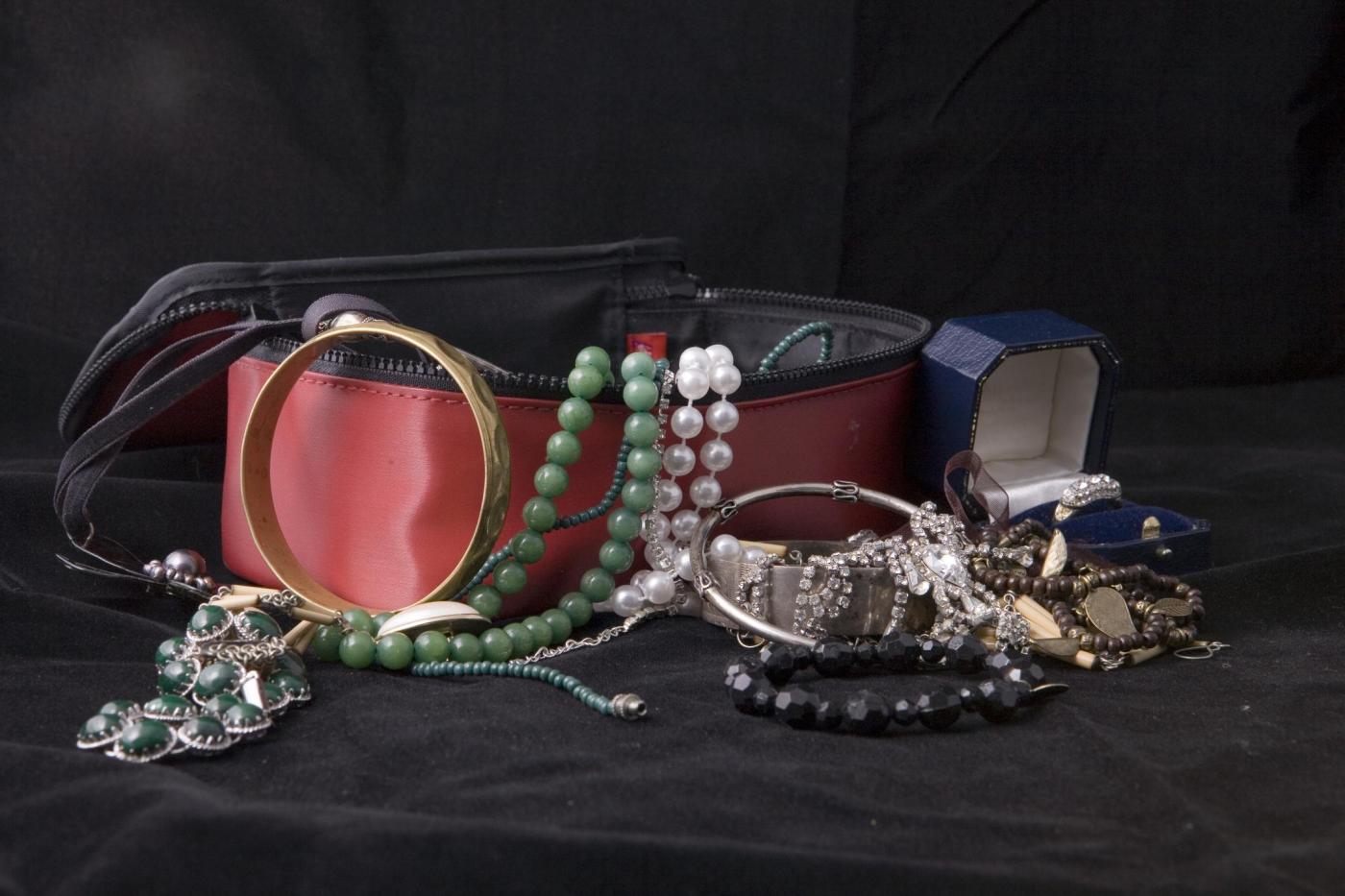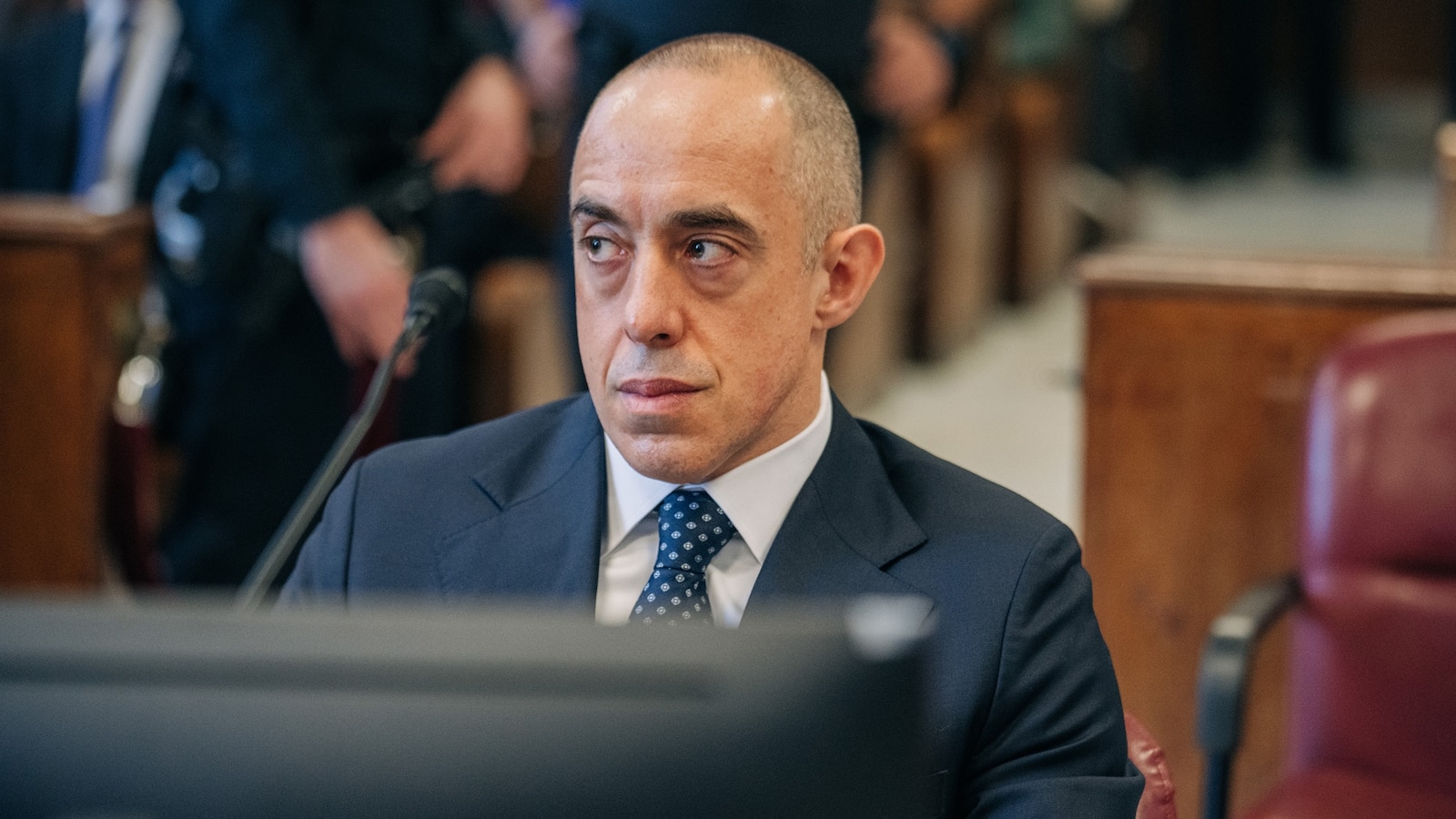Navigating Family Heirlooms: A Modern Dilemma in Minimalist Times

In a world increasingly drawn to minimalism, the question of what to do with family heirlooms can become a poignant dilemma. This issue recently came to light when a mother, writing to advice columnist Eric Thomas, revealed her struggle with her daughter Lauren’s decision to embrace a minimalist lifestyle. Lauren, 31, is relocating to California, taking only what fits in her car, and has expressed no interest in inheriting family heirlooms.
The mother’s surprise is understandable, as she had always envisioned passing down cherished items to her biological daughter. However, with Lauren’s clear disinterest, she faces a crossroads: should she offer these heirlooms to Lauren out of respect for her place in the family, or consider passing them to her step-grandchildren, who might value them more?
Changing Attitudes Towards Heirlooms
This situation is not unique. As younger generations increasingly prioritize experiences over possessions, traditional views on inheritance are shifting. According to a 2022 survey by the Pew Research Center, nearly 60% of millennials and Gen Z respondents expressed a preference for minimalism over accumulating material goods.
Lauren’s choice reflects a broader cultural trend. The minimalist movement, popularized by figures like Marie Kondo, emphasizes decluttering and keeping only items that “spark joy.” For many, this means letting go of objects, even those with sentimental value, if they do not serve a practical purpose or align with their lifestyle.
Balancing Family Traditions and Modern Lifestyles
The mother in question is not alone in her predicament. Many families are grappling with how to honor their history while respecting the evolving values of younger generations. In this case, the mother has decided to box up Lauren’s personal mementos, allowing her to choose what to keep or discard. This approach respects Lauren’s autonomy while maintaining a connection to her past.
Eric Thomas, in his response, commends the mother for her thoughtful consideration and suggests a balanced approach. He advises discussing the plan with Lauren to ensure open communication and understanding. This conversation could prevent any future misunderstandings and allow both parties to express their needs.
Expert Opinions on Navigating Heirloom Distribution
Experts in family dynamics and inheritance suggest several strategies for navigating such situations. Dr. Emily Stone, a psychologist specializing in family relationships, emphasizes the importance of communication. “It’s crucial to have open dialogues about inheritance preferences,” she notes. “Understanding each other’s perspectives can prevent conflicts and ensure that heirlooms are appreciated by those who receive them.”
Meanwhile, estate planning attorney John Harris advises families to consider creating a “legacy plan” that outlines the distribution of sentimental items. “This plan can be a living document, adjusted as family members’ preferences and circumstances change,” Harris explains. “It ensures that heirlooms are passed down in a way that honors both the giver’s intentions and the recipient’s wishes.”
The Future of Family Heirlooms
As families navigate these changes, the concept of heirlooms is evolving. While traditional items like jewelry, furniture, and photographs remain significant, digital heirlooms are gaining prominence. These include digital photo albums, online family trees, and even social media accounts.
The mother’s situation highlights the need for adaptability in preserving family legacies. By considering the preferences of younger generations and embracing new forms of inheritance, families can ensure that their stories continue to be told, even in a minimalist world.
Ultimately, the decision of what to do with heirlooms is deeply personal and varies from family to family. However, by fostering open communication and considering each member’s values, families can navigate these decisions with compassion and foresight.
For those facing similar dilemmas, the advice remains clear: prioritize dialogue, respect individual choices, and remain open to new ways of preserving family history. As Eric Thomas suggests, the key lies in finding a balance that honors both the past and the present.






